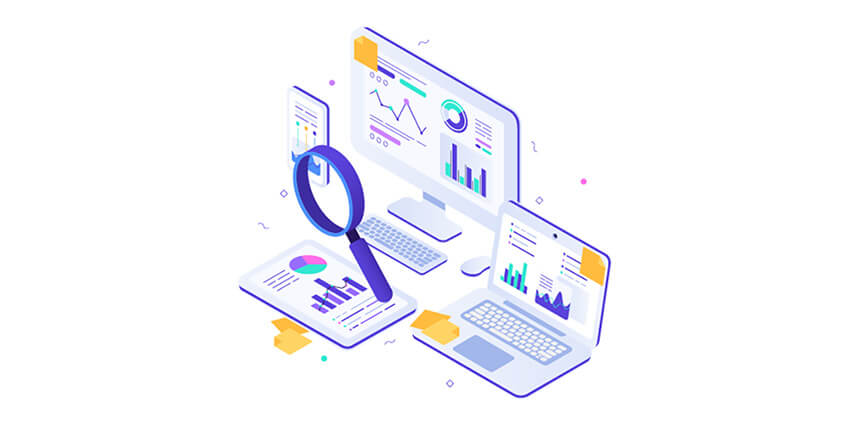Content Attributes
Commonly called TAR, this approach refers to the stage of document review using technology to discover and tag relevant documents using keywords and various other factors. This sophisticated approach can accelerate the review process vastly, saving companies time and effort.
However, since the method has progressed, it is crucial to study TAR 1.0 vs TAR 2.0 to determine the approach best suited for your specific needs. While the objectives of both methods are the same, their workflow is different, making it essential to choose the one suitable for your company.
Before delving into the differences between each and which you should choose, consider the following details of TAR to understand the concept better.
Benefits of TAR

While the use of technology in the legal profession has been highly lauded, it is essential to know that it can also help in the legal process. For instance, it can drastically reduce the time it takes to review important information, bringing the most vital ones to the forefront. This way, companies have all the documents they need to handle a lawsuit or file one themselves.
Moreover, the 2.0 version has eliminated the need for a subject matter expert (SME), allowing knowledgeable individuals to initiate the coding process by letting the system analyze their work.
This can save companies money as entry-level professionals can perform the task at lower rates than SMEs. Moreover, since the results are accurate, it saves companies time and money.
Which approach to use?
It is sensible to know a bit about both to determine which approach comes out on top when considering TAR 1.0 vs. TAR 2.0. The former, original method uses predictive coding, wherein experts apply codes or tags on specific documents (or “seed sets”) and depend on machine learning to analyze and predict the classification of the remaining ones.
Invariably, the results of this method depend heavily on the initial tags on the first few hundreds of documents.
The 2.0 approach uses a continuous active learning method that does not require a large seed set. Instead, people start tagging the documents while the system learns by studying their selections and identifying the most relevant ones. Finally, the system integrates the data, pushing the more pivotal data to the front of the review line.
But which is better? It is crucial to note that both approaches have similar aims to make the review process faster and more effective. Nonetheless, 2.0 hands more control to the user, allowing them to run multiple sessions with greater accuracy. Invariably, it has become a more accurate option for many organizations.
The importance of a reliable platform
Technology-assisted review is a critical part of the discovery process, enabling companies to find, collect, and review pivotal information, ensuring it is available whenever necessary.
However, selecting a reasonably-priced, reputable AI platform that can automate the entire process and eliminate human errors is vital. It can also help with legal holds and other crucial processes, allowing companies to function without hassles and protect relevant information.
Another significant advantage of using trustworthy software is that it can automate communication, track data, and send notices to custodians when a legal battle is resolved. So, look for a respected and dependable platform to make your work easier and hassle-free.
——-x——-